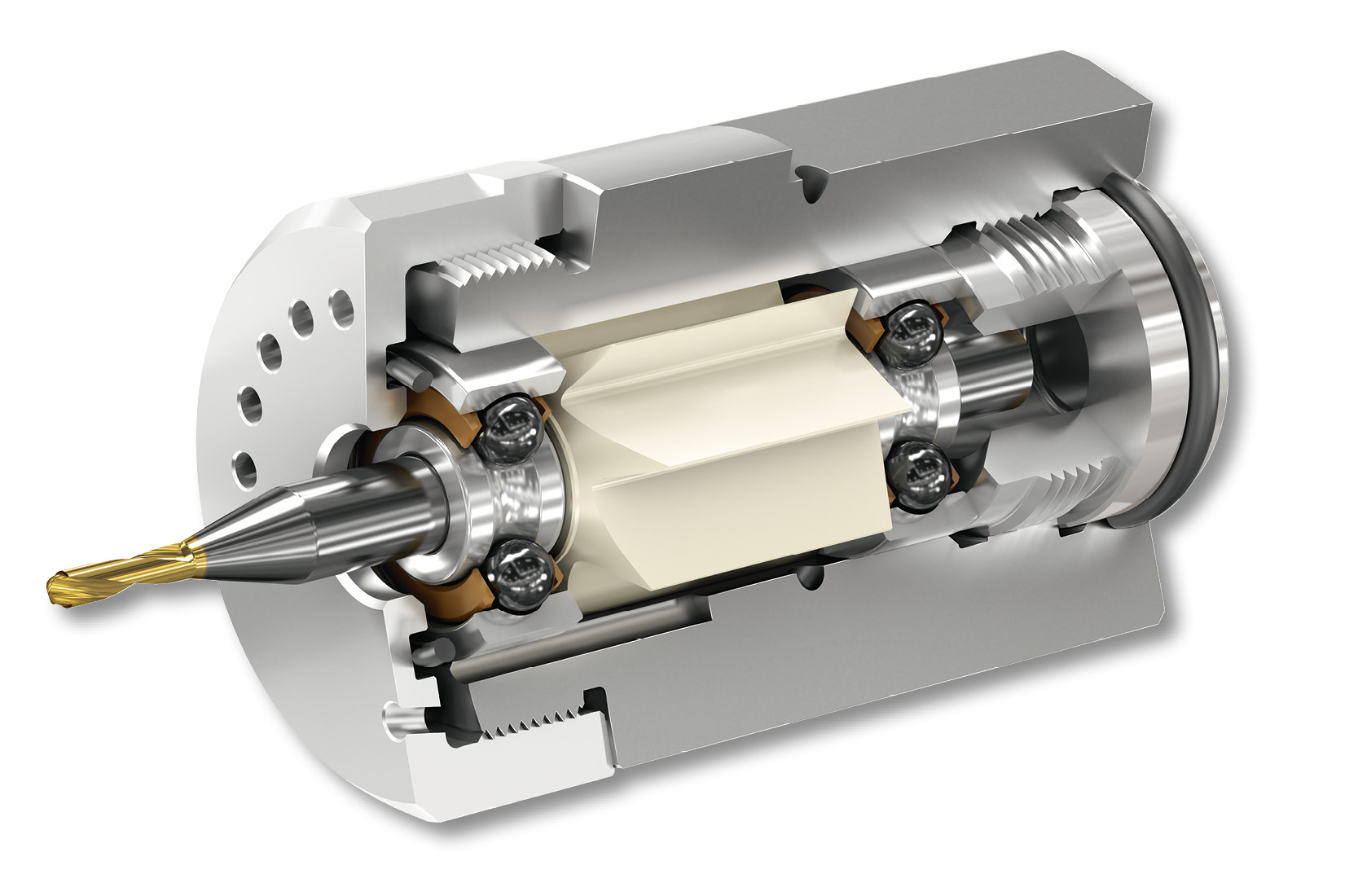Business
Revolutionizing High Speed Spindle Industry: An Overview of the Growing Market

The High-Speed Spindle (HSS) market refers to a type of spindle that operates at a high rotational speed. It is a widely used technology in many industries such as aerospace, automotive, medicine, and electronics, among others. HSS plays a crucial role in the manufacturing process as it is essential for achieving high levels of accuracy and surface finish.
Market Outlook
The growth of the HSS market is driven by the increasing demand for high-precision machinery and equipment in various industries. Additionally, technological advancements and the development of compact, cost-effective high-speed spindles are contributing to the market’s growth.
Download PDF Sample here: https://growthmarketreports.com/request-sample/4902
Market Trends
One of the significant trends in the High-Speed Spindle market is the increased use of HSS in the aerospace industry. The aerospace industry uses HSS for the manufacturing of aircraft parts such as turbine blades, structural components, and landing gear. The use of HSS helps to achieve a high level of accuracy in the manufacturing process, which is crucial for the safety and efficiency of the aircraft.
Another trend in the market is the growing demand for modular HSS. Modular HSS allows for easy and quick replacement of parts, reducing downtime and increasing productivity. Manufacturers are also focusing on developing compact HSS to reduce the weight of machinery and equipment, making them more portable and easy to handle.
Growth Drivers
One of the primary drivers of the High-Speed Spindle market’s growth is the increasing demand for high-precision and high-quality machinery in various industries. The automotive industry, for example, is using HSS for manufacturing engine parts, transmission, and steering components. The demand for lightweight and fuel-efficient vehicles is driving the need for high-precision machinery and equipment.
The healthcare industry is also a significant driver of the HSS market’s growth. High-speed spindles are essential for manufacturing medical devices, implants, and instruments. The demand for healthcare services is increasing globally, leading to a surge in the demand for high-precision equipment.
Furthermore, the rise of automation and Industry 4.0 is driving the demand for HSS. The need for faster production cycles, higher productivity, and efficiency is driving the adoption of high-speed spindles for automated machinery and equipment.
Enquiry Before Buying: https://growthmarketreports.com/enquiry-before-buying/4902
Challenges
Despite the market’s growth and potential, the High-Speed Spindle market faces several challenges. One of the significant challenges is the high cost of HSS. The high cost of advanced technology and the need for high-quality materials drive up the cost of HSS. This limits the market’s growth as smaller businesses may not be able to afford the technology.
Another challenge is the need for skilled technicians and engineers to operate and maintain the HSS. The technology is advanced and requires specialized knowledge to operate and maintain. The shortage of skilled personnel can limit the market’s growth.
Another challenge is the low awareness of the benefits of HSS. Many businesses and industries are unaware of the benefits of advanced machinery and equipment, leading to a low adoption rate of HSS. Educating end-users and promoting the advantages of HSS can help increase its adoption rate.
Get Full Access to this Report: https://growthmarketreports.com/checkout/4902
Conclusion
The High-Speed Spindle market is expected to experience significant growth in the coming years, driven by the increasing demand for high-precision, high-quality machinery and equipment. The aerospace, automotive, and healthcare industries are significant drivers of the market’s growth. However, the market faces several challenges such as the high cost, need for skilled personnel, and low awareness of the technology’s benefits. To overcome these challenges, businesses and manufacturers need to invest in R&D, promote the technology’s advantages, and provide training to upskill their workforce.”











